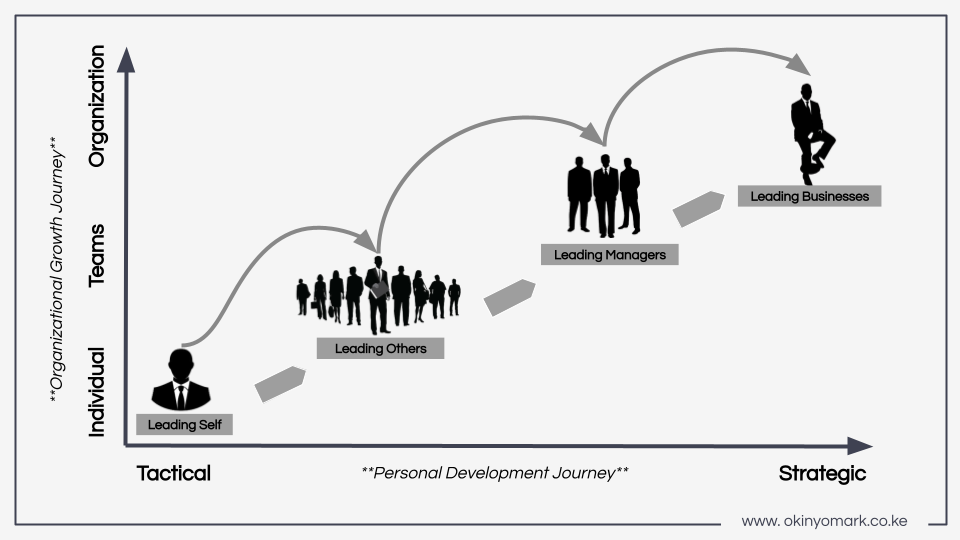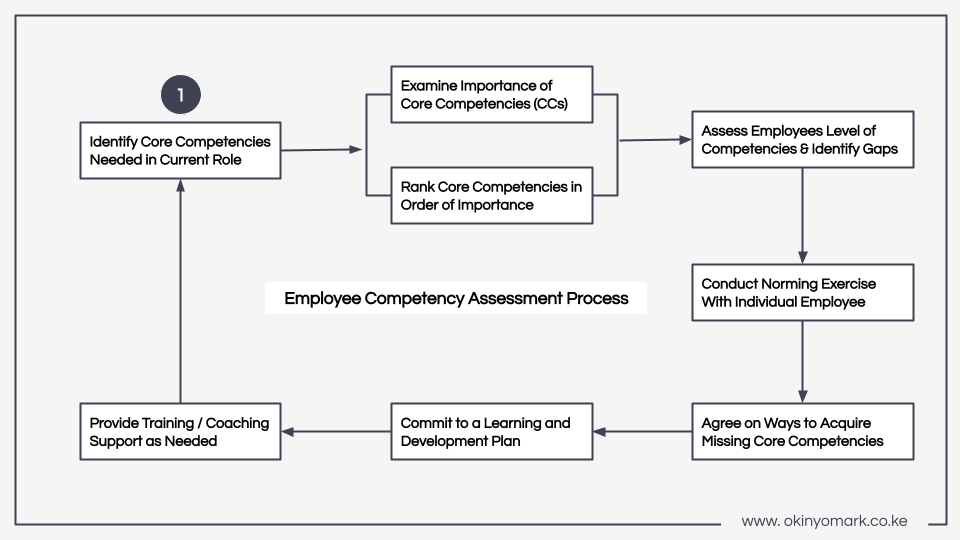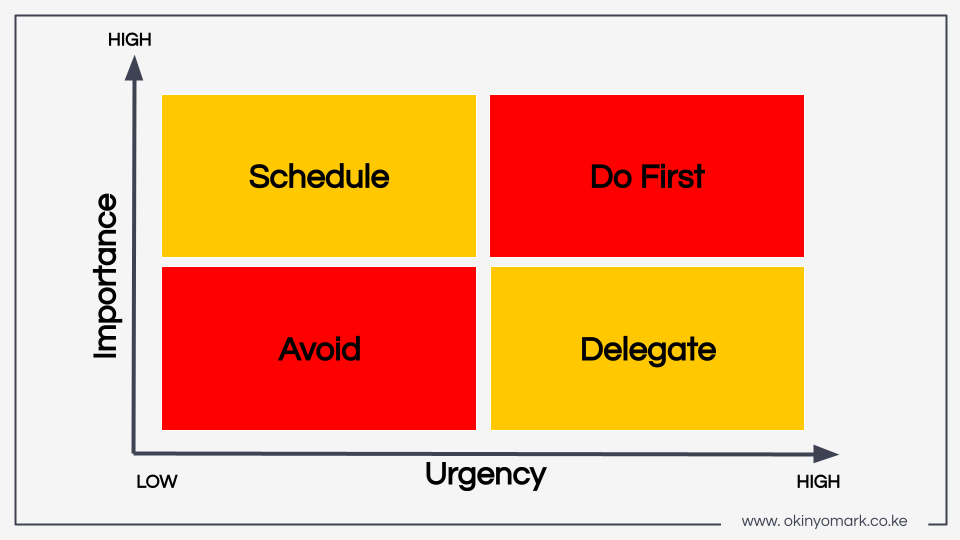
First-time Manager? Here’s How To Succeed
How Managerial Promotions Happen:
Scenario 1: You’ve just completed your annual performance review and it turns out that your boss is quite pleased with your results. You hold your breath with unadulterated anticipation before they finally communicate that you are due for a significant bump in your responsibilities company as a new manager (hopefully it reflects on your pay-slip as well 😉 .
Scenario 2: You get a callback from a hiring manager from another company with updates on a managerial role you had recently interviewed for. You let out a banana-like smile that stretches from ear-to-ear as soon as you hear the word “Congratulations…..”! The God’s of your ancestors have finally decided to smile your way and you can’t wait for the call to end so that you can tell somebody…or cry, depending on how your career journey has been so far 😀 .
Scenario 3: Your boss has quit/been fired/or left the organization by way of mutual consent. Management decides that the role cannot remain vacant and out of the blue, they put you on a fast-lane to be the new HOD 😛 .
Scenario 4: You’ve been sucking up to the powers that be and you get the position through favoritism. A very healthy middle finger to your colleagues and anybody else who thinks that working hard and keeping your head down will get you noticed (more on why this is never a great strategy for career progression here) 🙁 .
Scenario 5: You start your own company and suddenly have to start hiring and leading your own team 😎 .
Also read.. The Art of Building High-Performance Superstar Teams
Okinyo Mark
Whatever the circumstances surrounding your promotion, being a new manager can be a challenging experience. Your career progression will attract significant interest across different quarters and your success will depend on both external and internal variables. For today’s lesson, we will focus on the things that you can actually control (internal variables).
I am basing this on my own experience as someone who started as an individual contributor and ended up as an ExCo (Executive Committee) member over a decade long career.
The Transition from Team Member to Leader:
The biggest challenge that new managers face is the transition from being a member to being a team leader. This can be difficult because new managers may not have the same level of experience or knowledge as their more experienced counterparts. They may also find it difficult to establish their position with peers, direct reports, and their higher ranking colleagues.
Your technical and executional ability is what has gotten you this far and it should surely be enough to help you succeed right?… Wrong! Being an amazing executor might no longer be enough for you to secure success in your new role. To give yourself any shot at success, you will need to do a situational analysis of the stakeholders you interface with directly and indirectly so that you can have an understanding of their expectations of you. Yes, this is the famous stakeholder management that you’ve been hearing about so far. Let’s dig in:
Step 1: Understand The Structure of Power and Decision Making in Your Organization
Ever seen a diagram or visualization of your company’s org chart? If not, now would be a great time to request for one from your boss or your human resources manager. If you happen to be an ambitious individual, chances are you’re probably not going to want to get stuck on level 1 of leadership in your career.
Your organizational chart will help you have a clear view on the number of leadership levels above you, the kinds of decision that are made at each level, and the competencies needed at each level. There are typically four levels to the leadership journey: (1) you start by leading yourself, (2) then you’re promoted to a functional team lead, (3) after which you start leading more than one functional unit (manager of managers), and finally… (4) you enter into business leadership where you head a whole company.

Depending on your level, the competencies required for success will slightly differ and together with your manager, you will need to come up with a learning and development plan to plug any gaps that might exist in your competencies.
| Leadership Level | Leading Self | Leading Others | Leading Managers | Leading Businesses |
|---|---|---|---|---|
| PRIMARY ROLES | Technical Ability Effective Communication Exhibiting Trustworthiness Team Player | Delivering on Team Targets Engaging and Motivating Others Developing Talent Cross-team Collaboration | Influencing Stakeholders Delivering Business Results Executive Decision Making and Strategy Being a Culture Champion Planning and Aligning | Designing and Owning The Mission Articulating the Vision Modeling Culture and Foundational Values |
Getting a handle on your organization’s decision making framework will also help you understand what level of control you have. You and your colleagues typically play a number of different roles in the day to day running of your business. Some people recommend a task or solution, others give input and agree to a chosen direction, others do the implementation, while only one person makes a decision at any given point. Depending on the task at hand and your stakeholders, you will need to wear different hats. Play your role very well (homework for you, research on decision making frameworks).
Step 2: Assimilate Your Organization’s North Star (a.k.a. the Long-term and Short-term Goals) + Accompanying Strategy
To be able to lead effectively, you have to have a clear vision on where you are going, the potential routes to get there, and the specific routes you will choose to use and which ones you will avoid. Understanding your organization’s objectives and being able to properly articulate them to your teams will help them focus on priorities that affect the mission critical results and milestones that drive business success.
A North Star metric is the singular measurement that is most predictive of your company’s long-term success. If your company doesn’t use this terminology, your North Star will probably be the most recurring metric/goal in your company’s strategic documents and communications. Typically North Star metrics will revolve around 3 components:
- A clear route to revenue
- How customer value is created
- Measure organizational progress
The idea behind the North Star Metric is that if your company brings more value to your customers, then the growth of your company has to go positive. The assumption is that if your customers receive a lot of value, they will stay longer, buy more and refer more friends to your company.
Ward Van Gasteren

Spend some time with your manager on this area, go through strategy documents to understand the rationale, engage with other managers above your pay grade to get unique insight. These are all things you can do to better understand how you and your team can be empowered to deliver results. In the event that you have unique insight that has the potential to change priorities in the organization’s North Star, request for audience to share this information before execution starts to gather pace. This will help you gain positive visibility within and without your team.
Step 3: Conduct an Independent Competency Assessment of Your Team Members
As a team lead, the resources available to you play a very big role in determining your success. Your team members are your greatest assets and as such you will need to ensure that you have the best people for the job. In the event that you are inheriting an already existing team, my recommendation here is that you don’t overly rely on feedback from their previous managers (to avoid bias). You need to form your own view of their competencies to identify the best ways to work with the team to achieve results.
A person’s competency is the combination of knowledge, skill, and ability that they posses in relation to a topic, task, or role. Competencies are complex and often take hours, days, or even months of practice to master depending on the level of execution that is required from an individual.
Competency assessments evaluate someone’s capabilities against the competency requirements of their job, often measured against a detailed competency model.
Okinyo Mark

Having this view on your team members will give you an estimate of the teams ability to execute against set targets and the efforts that will be required to to hit those targets. A Learning and Development Plan is the consequence of a competency assessment done to plug any gaps that might exist in skills, knowledge, or ability. The goal is to build on your teams individual confidence and competence.
Step 4: From Here On…It is All About Effective Time Management, Change Management, and Giving and Receiving Feedback
Effective Time Management
As new manager, you will time and gain find yourself occasionally (or always) overwhelmed by the demands of your new role. You may even struggle to prioritize tasks and manage your team effectively. Team tasks will always fall into two categories:
- Business As Usual (BAU): These are the most basic repetitive actions required to operate a business on a daily basis such as; responding to customer inquiries, inventory management, and delivering on a product or service. These tasks are extremely crucial to the incremental growth of the business and risk mitigation through fulfilment of customer needs.
- Projects: These are unique and temporary time-bound initiatives (i.e. they have a definitive beginning and ending) geared towards driving exponential business growth through significant bumps in productivity or increase in market size and customer segments. They also help to manage risks should the need arise.
Depending on your context, some tasks will need to change in terms of priority and importance. Lucky for you, there are thousands of managers who’ve walked the same path and come up with many time management frameworks to help you on your journey.
A personal favorite of mine is The Eisenhower Priority Matrix. The prioritization matrix is based on four time management quadrants developed by author Stephen Covey. According to the model, you can judge any task by two criteria: importance and urgency.

- The Upper Left-hand Side: Represents highly important tasks but not very urgent. Though they don’t need immediate attention, too much delay will move them into the right-hand quadrant for sure. An example is a presentation that is you should finish before next week’s decision making meeting.
- The Upper Right-hand Side: Represents tasks that are highly important and extremely urgent such as projects with tight deadlines, critical issues, or events that can result in catastrophic damage to the organizations reputation, loss of revenue, or lead to business closure.
- The Bottom Left-hand Side: This quadrant is for tasks that are not important and urgent. It’s worth examining whether these items take your team away from important assignments that better serve your bottom line. This could include red tape processes or reports that you work on that nobody looks at.
- The Bottom Righthand Side: These tasks are not super important, but are more urgent. These activities require immediate attention, but aren’t so crucial for your project’s success. Don’t ignore these tasks. If you do, they could snowball and turn into an unmanageable undertaking. If you’re in charge of a team, you may want to delegate these items to someone with more capacity, or automate them.
Managing Performance, Change, and Instilling a Healthy Feedback Culture
Now that you have the basics locked in, mastering performance management, change management, and fostering a robust feedback culture; will be the glue that holds everything together. Here’s a concise roadmap to help you tackle these challenges head-on:
1. Performance Management and Setting the Stage for Excellence: The first step to empowering your team is by establishing clear expectations and goals. Collaboratively set SMART goals—Specific, Measurable, Achievable, Relevant, and Time-bound—ensuring everyone understands their role in achieving the larger mission. Regularly check in on progress, offering constructive feedback and acknowledging wins. Remember, your role is not just to manage tasks, but to guide individual growth. Tailor your approach to each team member’s strengths and areas needing development, cultivating an environment of continuous learning.
2. Navigating Change and Embracing the Winds of Transformation: Change is constant, and your role is to be the captain steering your team’s ship through uncertain waters. Embrace a transparent approach by explaining the ‘why’ behind changes and addressing concerns. You will need to consistently seek input and involve team members in decision-making whenever possible to foster a sense of ownership. Remember that change might be met with resistance, so be patient and empathetic. Always communicate openly, emphasize the benefits, and provide necessary resources to ease the transition.
3. Fostering a Healthy Feedback Culture: Feedback is the lifeblood of personal and unit improvement. cultivating a culture where feedback flows freely, making it a two-way street will help you and your team to move from strength to strength. Regularly check in with your team and individually; discussing their goals, challenges, and aspirations. Provide specific, actionable feedback on areas of glows and grows. Encouraging peer-to-peer feedback amongst your team will also empower members to learn from one another. When giving feedback, use the “SBI” model: Situation, Behavior, Impact. This approach separates the action from the person, making feedback more constructive and less personal.
4. The Power of Recognition and Growth: Always remember that your success as a manager is intertwined with the growth of your team. It is therefore very important to celebrate victories, no matter how small because it is great for morale. Make a habit of recognizing the efforts of your team members and acknowledging their contributions to the larger picture. Lobby the HR department to support you in offering opportunities for growth and development, such as skill-building workshops or projects that align with their aspirations.
TLRD?
There’s more that I can share on this topic but the gist of what it takes to succeed as a new manager is in:
- Understanding The Structure of Power and Decision Making in Your Organization
- Understanding Your Organization’s Core Objectives and Accompanying Strategy
- Conducting an Independent Competency Assessment of Your Team Members and Plan on How to Upskill them
- Learning How to Manage Time, Performance, Change, and Feedback Effectively
